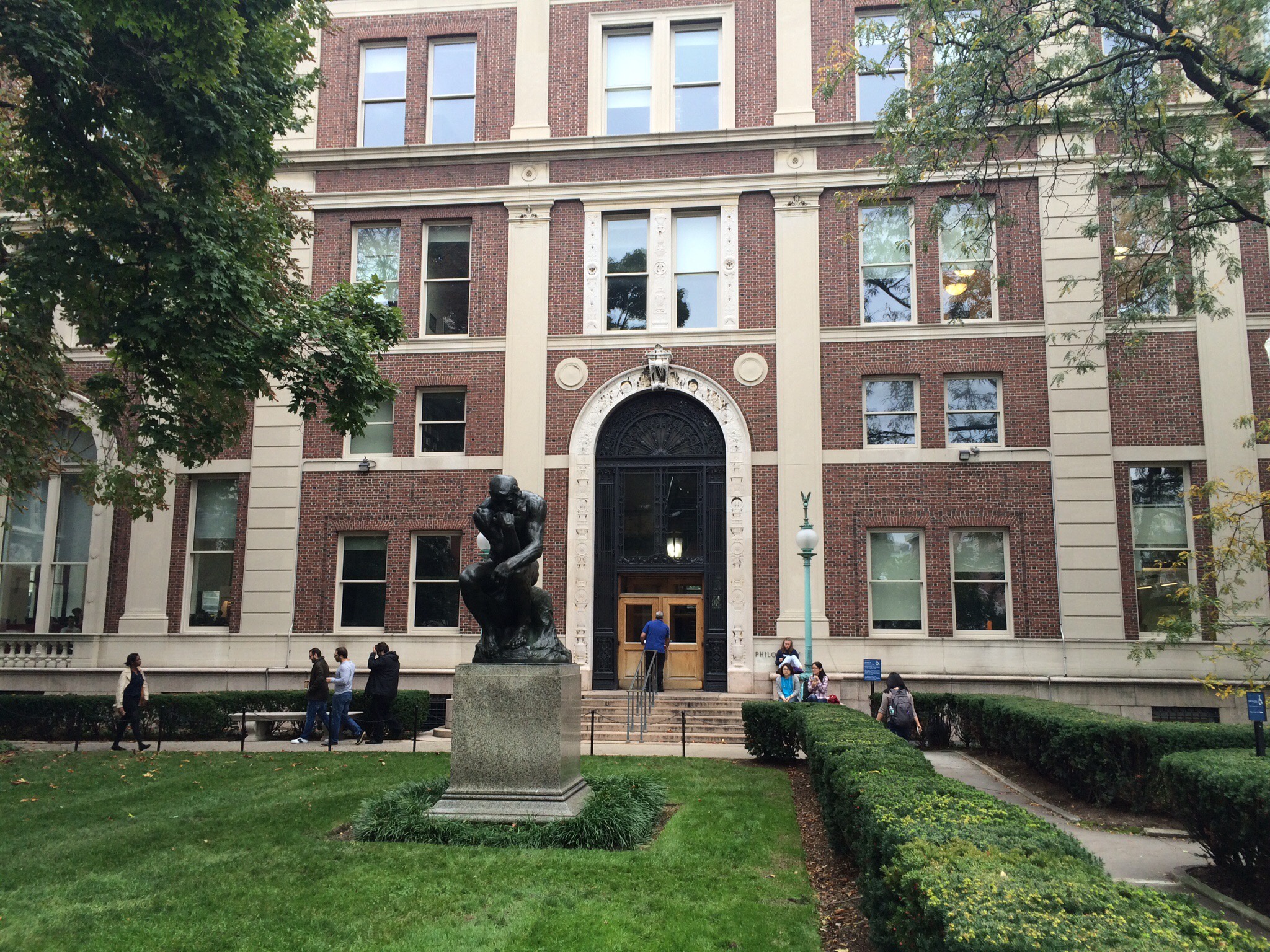It was an academic year, 1979–80, but I wasn’t a student. I graduated from the University of California, Irvine in June 1979 and drove a Volkswagen van to New York City, where I lived in Manhattan until July 1980 with no responsibilities whatsoever.
I spent a few weeks getting settled. I parked the van in front of a building in Morningside Heights and hauled my belongings up to my temporary apartment. They consisted of books, records, a stereo, an IBM Selectric typewriter, a signed lithograph by Roy Lichtenstein, and a modest wardrobe.
The next morning I looked out the window and saw that the van was gone. The police told me that it was probably taken by some kids and burned. When I asked why they would do that the cops looked at me as if I were an idiot for failing to understand that they had nothing better to do.
The van had served its purpose; I’d planned on selling it anyway. (My father, who had paid for it, said in his wry way that he would “absorb the loss.”) In a few weeks I found an apartment at Broadway and 111th, one block down from Tom’s Restaurant of Seinfeld fame and a few blocks from Columbia University.
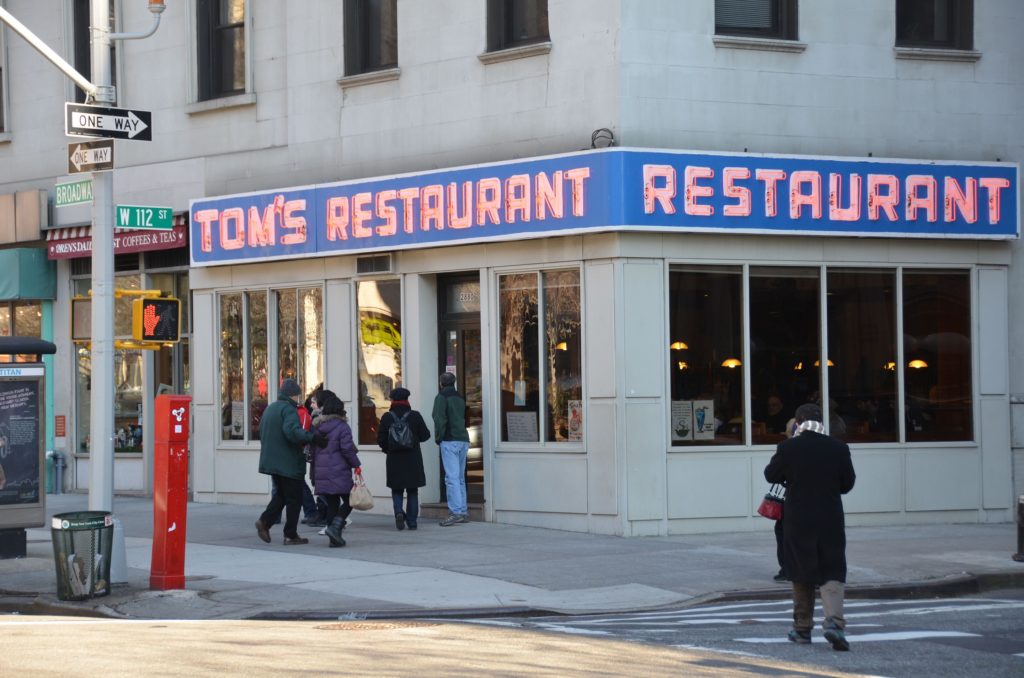
I breakfasted at Tom’s almost every morning. It was a bustling establishment. When coffee arrived, your first act was to pour what had spilled into the saucer – always a substantial amount – back into the cup. You’d order scrambled eggs and the waitress would immediately direct an ear-splitting shout to the kitchen: Scramble two! One day I remarked to the waitress that the eggs were especially good. She smiled and replied: “All new grease.”
In addition to regular breakfasts at Tom’s I spent the year reading, auditing classes, exploring bookstores, galleries, and museums, enjoying downtown night life, and making friends.
At Columbia I sat in on the seminars of Sidney Morgenbesser (Hegel), Edward Said (literary theory), and Sylvère Lotringer (Proust). I recall going to Morgenbesser’s office hours to ask him if he objected to my attending the seminar even though I wasn’t enrolled. He answered my question with a question: “Do I look like a bureaucrat?” (Later, explaining Hegel’s dialectic, he said: “It’s like chicken soup. There’s something in it.”) Arthur Danto was a presence – I’d known him as the author of a book on Nietzsche; now I learned about his work in the philosophy of art. Thomas Nagel had just arrived at New York University, and Nancy Fraser, Agnes Heller, and Andrew Arato (who was well-behaved at the time) were at the New School for Social Research.
I heard Jorge Luis Borges speak under the Rotunda in the Columbia library and listened to Jacques Derrida when he visited Marie-Rose Logan’s class. I somehow wangled my way into seminars that Michael Wood held in his apartment. I went to the afternoon teas in Philosophy Hall, where ladies would pour you a cuppa from a great brass samovar and hand you a cookie. You’d carry them back to a long table occupied by professors and students and weigh in on the controversies of the moment.
Below, Philosophy Hall, home of the Philosophy and English & Comparative Literature departments.
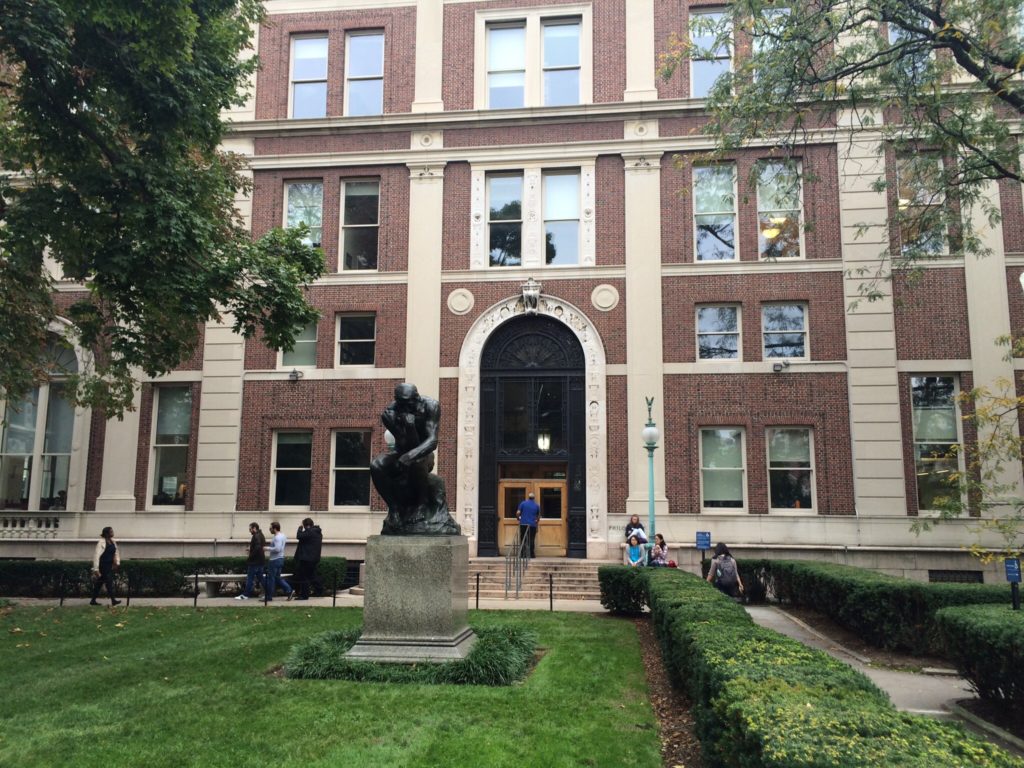
An alternative to tea was the Hungarian Pastry Shop on Amsterdam Avenue, near the Church of St. John the Divine and just up the street from my apartment.

I still have vivid memories of the Schwarzwäld Torte, along with fragments of hundreds of conversations on topics sublime, ridiculous, and salacious. One afternoon I asked John Rajchman how he liked Cooper Union: “It’s fine. You know, there’s a group of students who think they’re smarter than everyone else.” Yes, I knew.
A friend introduced me to Michael Roloff, the legendary founder of Urizen Books. I was soon spending a day or two a week at his office on West Broadway, supposedly reading manuscripts and passing along to him stuff I thought had potential. But I devoted most of my time there to snooping into his business correspondence, which consisted of thousands of pages of bitter complaints, from his writers to him and from him to his writers, about royalties owed, contracts broken, and love lost in general. One of the longest and bitterest correspondences was with recent Nobel laureate Peter Handke.
Below, the Urizen Books building.

For film, there was the Thalia and the recently re-opened Symphony Space on Broadway. A few years later the latter hosted John Cage’s 70th birthday tribute, a program of music that went from morning to midnight. There was Film Forum in the West Village, where I saw The Kirlian Witness. Bruce Nauman, Robert Barry, and Robert Rauschenberg exhibited at Castelli in Soho. There was Jaap Rietman’s bookstore, where you could find everything from T.J. Clark’s Image of the People to albums by The Residents. (I must have listened to Duck Stab dozens of times that year.)
Here is the building now, on Spring Street. Rietman was on the second floor.
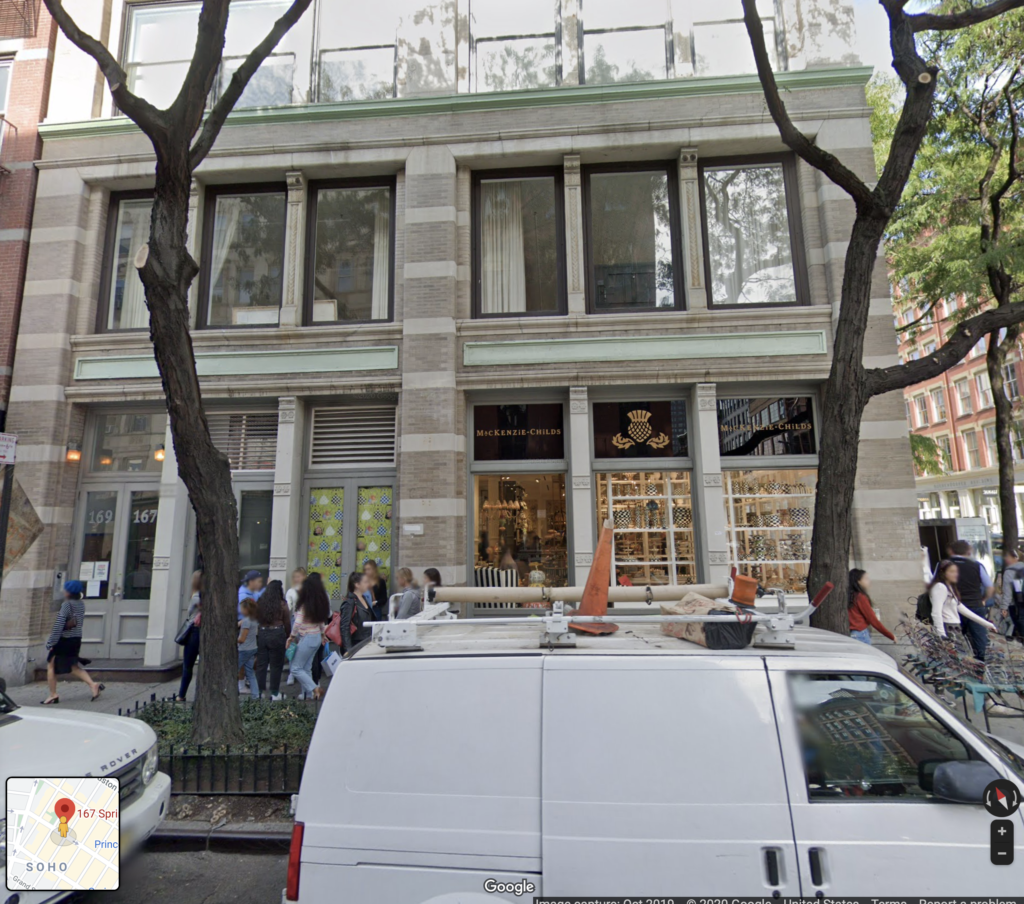
These were the waning days of the Mudd Club and CBGB, but I didn’t spend many evenings at those places. I liked the Odeon, in Tribeca on West Broadway – one of the few of my haunts from those days that still exists.

For a different mood one went to the Red Bar, at the corner of East 7th and 1st Avenue in the East Village. Today it’s a hardware store.
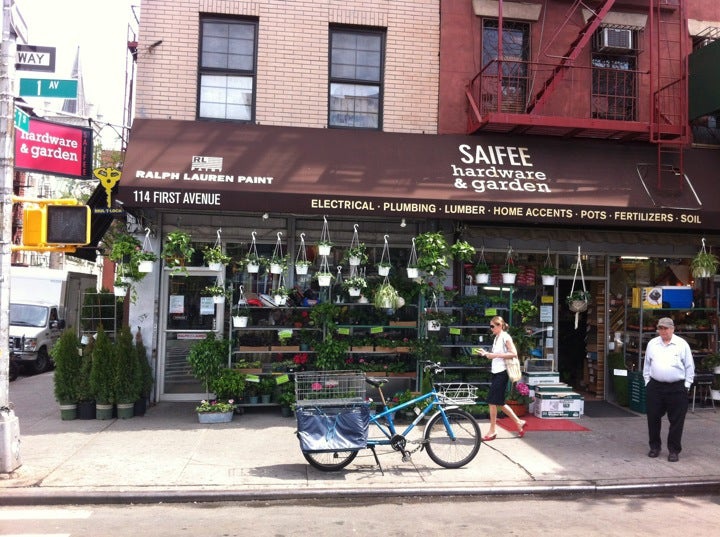
But in those days it was an anonymous space with frosted windows, a massive red Formica laminate block for a bar, a minimal selection of beers, and almost no decor. Naturally, we loved it.
It was a good year for the Metropolitan Opera. I recall Abduction from the Seraglio, Lohengrin, and, most of all, Wozzeck. The event of the season, though, was a performance of Bertolt Brecht’s Mahagonny conducted by the unfortunate James Levine. In the final scene, as the city of Mahagonny collapses and the survivors proclaim their “ideals,” cast members marched from the back of the hall to the stage carrying protest signs with slogans such as “Freedom for the Rich!” “For the Dispossession of Others!” and “More Filth!” Not sentiments one expects to see expressed at Lincoln Center.
Speaking of filth, Manhattan was falling apart in those days. The subway cars were covered with graffiti. Steam vented from manholes as if Hell were about to break loose. The cops had long hair. For a kid from the suburbs of Southern California, it was fantastic.
Below, a still from My Dinner with André (1981). Note condition of subway.



